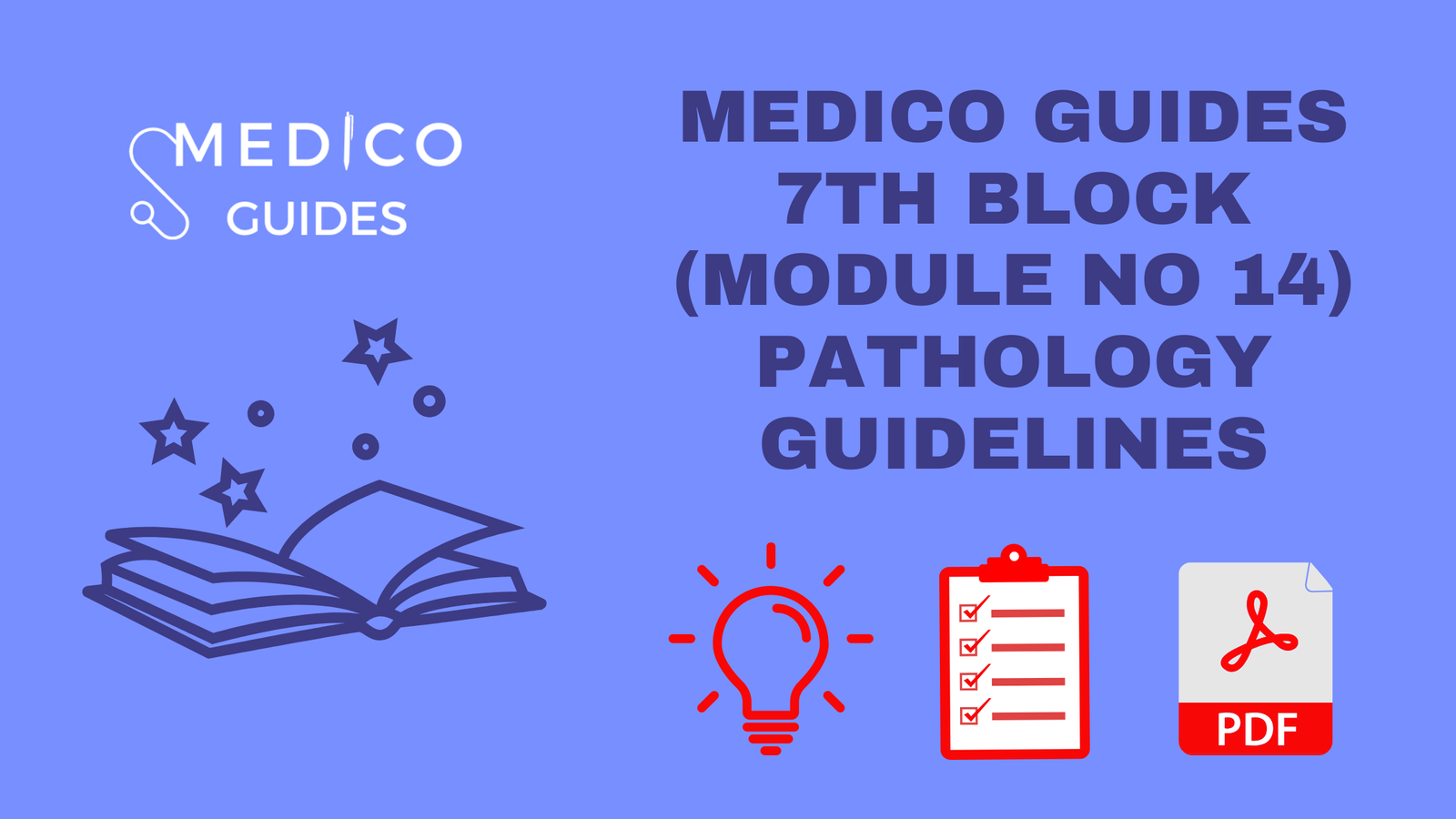1. Introduction
The integration of artificial intelligence (AI) into healthcare is revolutionizing the way medical professionals diagnose, treat, and manage diseases. By leveraging vast amounts of data and advanced algorithms, AI offers unprecedented opportunities to enhance patient care, improve outcomes, and streamline medical processes. As technology continues to evolve, the healthcare industry stands on the cusp of a new era where AI-driven solutions become integral to everyday medical practices.
2. AI in Diagnostics
AI has significantly improved diagnostic accuracy and efficiency. Machine learning algorithms can analyze complex medical data, such as lab results, imaging scans, and patient histories, to identify patterns and anomalies that might be missed by human practitioners. For instance, AI systems have demonstrated proficiency in detecting conditions like cancer, cardiovascular diseases, and neurological disorders at early stages, enabling timely interventions and better prognoses.
3. AI-Powered Medical Imaging
In radiology and pathology, AI-powered imaging tools are transforming diagnostic processes. These systems can rapidly process and interpret medical images, highlighting areas of concern and assisting radiologists in making accurate assessments. By integrating AI into imaging workflows, healthcare providers can reduce diagnostic errors, expedite decision-making, and enhance patient outcomes.
4. Personalized Medicine through AI
AI facilitates personalized medicine by analyzing individual genetic profiles, lifestyle factors, and medical histories to tailor treatment plans. Predictive analytics can forecast how patients might respond to specific therapies, allowing clinicians to choose the most effective interventions. This approach not only improves treatment efficacy but also minimizes adverse effects, leading to more patient-centric care.
5. AI in Drug Discovery and Development
The drug discovery process, traditionally time-consuming and costly, benefits immensely from AI applications. AI algorithms can sift through vast chemical databases to identify potential drug candidates, predict their interactions, and assess their efficacy. This accelerates research timelines, reduces development costs, and increases the likelihood of successful clinical trials, ultimately bringing effective medications to market more swiftly.
6. Virtual Health Assistants
Virtual health assistants (VHAs) are AI-powered tools designed to interact with patients, providing information, reminders, and support. These assistants can handle routine inquiries, schedule appointments, and offer medication reminders, thereby reducing the burden on healthcare staff and enhancing patient engagement.
Key Features of VHAs:
- 24/7 Availability: VHAs are accessible at any time, ensuring patients receive support whenever needed.
- Personalized Interactions: By analyzing patient data, VHAs can tailor responses and recommendations to individual needs.
- Integration with Health Records: VHAs can access and update electronic health records (EHRs), ensuring seamless communication between patients and providers.
Benefits:
- Improved Patient Engagement: Continuous interaction keeps patients informed and involved in their care.
- Reduced Administrative Load: Automating routine tasks allows healthcare professionals to focus on more complex responsibilities.
- Enhanced Accessibility: VHAs can bridge gaps in care, especially in remote or underserved areas.
Real-World Application:
Zocdoc’s AI-powered phone assistant exemplifies the capabilities of VHAs. It can handle multiple calls simultaneously, book appointments, and route queries, significantly reducing hold times and improving patient satisfaction .
7. Remote Patient Monitoring
Remote patient monitoring (RPM) utilizes AI to collect and analyze health data from patients outside traditional clinical settings. This approach enables continuous monitoring of chronic conditions, early detection of potential health issues, and timely interventions.
Components of AI-Enabled RPM:
- Wearable Devices: Track vital signs such as heart rate, blood pressure, and glucose levels.
- Data Analytics: AI algorithms process collected data to identify patterns and anomalies.
- Alerts and Notifications: Automated systems notify healthcare providers of significant changes in patient health.
Advantages:
- Proactive Care: Early identification of health issues allows for prompt treatment, reducing hospital admissions.
- Patient Empowerment: Continuous monitoring encourages patients to take an active role in managing their health.
- Cost Savings: By minimizing the need for in-person visits, RPM can lower healthcare costs.
Case Study:
Murphi AI’s RPM system integrates advanced analytics to provide real-time decision-making and proactive health management. It enhances monitoring accuracy, streamlines communication between patients and providers, and reduces unnecessary hospital admissions .
8. AI in Robotic Surgery
AI-driven robotic surgery combines advanced robotics with intelligent algorithms to perform complex surgical procedures with enhanced precision and control. These systems assist surgeons in planning, executing, and monitoring surgeries, leading to improved outcomes.
Features:
- Enhanced Precision: Robotic systems can perform delicate maneuvers beyond human capabilities.
- Minimally Invasive Procedures: Smaller incisions lead to reduced pain, scarring, and recovery time.
- Real-Time Feedback: AI provides surgeons with immediate data and insights during operations.
Benefits:
- Reduced Complications: Greater accuracy minimizes the risk of surgical errors.
- Shorter Hospital Stays: Patients often experience quicker recoveries.
- Expanded Surgical Capabilities: Surgeons can perform complex procedures that might be challenging manually.
Example:
The da Vinci Surgical System is a prominent example of AI-assisted robotic surgery. It has been widely adopted for procedures like prostatectomies and cardiac valve repairs, offering enhanced precision and control .
9. Administrative Applications of AI
Beyond clinical care, AI significantly impacts administrative functions within healthcare systems. By automating routine tasks, AI enhances efficiency, reduces errors, and allows staff to focus on patient-centered activities.
Applications:
- Scheduling and Appointments: AI systems optimize appointment bookings, reducing wait times and no-shows.
- Billing and Claims Processing: Automated coding and claims submission streamline financial operations.
- Supply Chain Management: Predictive analytics assist in inventory control and procurement.
Advantages:
- Operational Efficiency: Streamlined processes lead to cost savings and improved resource allocation.
- Error Reduction: Automation minimizes human errors in documentation and data entry.
- Enhanced Patient Experience: Efficient administrative processes contribute to overall patient satisfaction.
Implementation:
Companies like Amazon and Nvidia are investing in AI-driven solutions to modernize healthcare administration. For instance, Amazon integrates AI into its primary care services and pharmacy operations, aiming to revolutionize various aspects of healthcare delivery .
10. Ethical Considerations and Challenges
While AI offers numerous benefits in healthcare, it also presents ethical challenges that must be addressed to ensure equitable and responsible use.
Key Concerns:
- Data Privacy: Protecting patient information from breaches and unauthorized access is paramount.
- Bias and Fairness: AI systems trained on biased data can perpetuate health disparities.
- Transparency: Understanding how AI algorithms make decisions is essential for trust and accountability.
Strategies for Ethical AI Use:
- Inclusive Data Collection: Ensuring diverse and representative datasets to minimize bias.
- Regulatory Compliance: Adhering to laws and guidelines governing data protection and AI deployment.
- Stakeholder Engagement: Involving patients, clinicians, and ethicists in AI development and implementation.
Example:
The CDC highlights the importance of addressing biases in AI systems, emphasizing the need for equitable representation and consideration of diverse populations in AI development .
11. Future Prospects of AI in Healthcare
The future of AI in healthcare is promising, with ongoing advancements poised to further transform the industry.
Emerging Trends:
- Predictive Analytics: AI will increasingly predict health trends and disease outbreaks.
- Personalized Medicine: Tailoring treatments based on individual genetic profiles will become more prevalent.
- Integration with Wearables: Enhanced monitoring through smart devices will support proactive health management.
Potential Impact:
- Improved Outcomes: Early detection and personalized care can lead to better health results.
- Cost Reduction: Efficient processes and preventive care can lower healthcare expenses.
- Global Health Equity: AI can bridge gaps in healthcare access, especially in underserved regions.
Industry Outlook:
Experts like Cathie Wood of Ark Invest recognize healthcare as a significant beneficiary of AI, anticipating that AI will reduce drug development timelines and shift focus from reactive to proactive therapies .
12. Conclusion
Artificial intelligence is revolutionizing healthcare by enhancing diagnostics, personalizing treatment, streamlining administrative tasks, and enabling proactive patient care. As technology continues to evolve, it is imperative to address ethical considerations and ensure equitable access to AI-driven healthcare solutions. Embracing AI’s potential responsibly can lead to a more efficient, effective, and inclusive healthcare system.
13. FAQs
Q1: How does AI improve diagnostic accuracy in healthcare?
AI analyzes vast amounts of medical data to identify patterns and anomalies, aiding in early and accurate disease detection.
Q2: Can AI replace human healthcare providers?
While AI enhances healthcare delivery, it complements rather than replaces human providers, assisting in decision-making and routine tasks.
Q3: What are the risks associated with AI in healthcare?
Potential risks include data privacy breaches, algorithmic bias, and over-reliance on automated systems without human oversight.
Q4: How does AI contribute to personalized medicine?
AI processes genetic and clinical data to tailor treatments to individual patient profiles, improving efficacy and reducing adverse effects.
Q5: What is the role of AI in remote patient monitoring?
AI enables continuous health monitoring through wearable devices, allowing for early detection of health issues and timely interventions.











